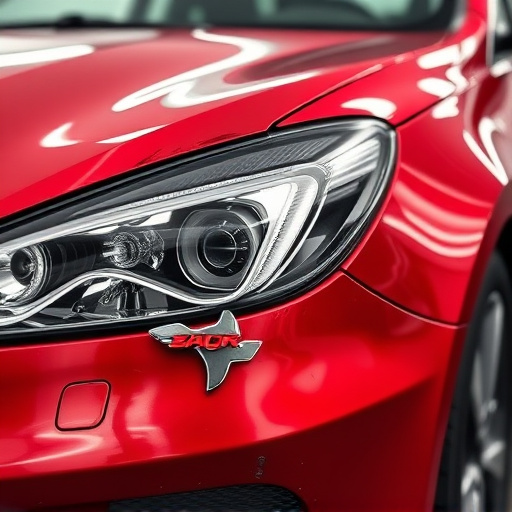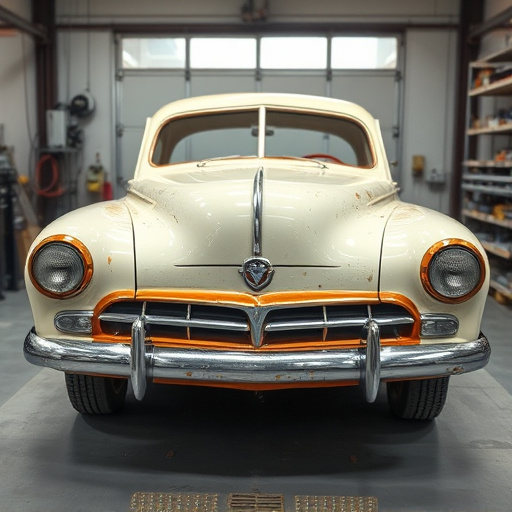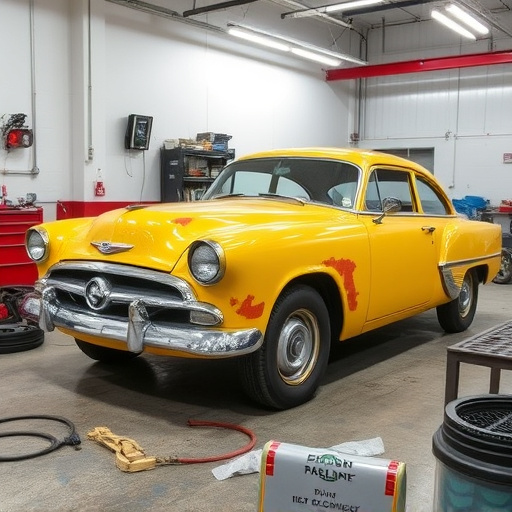Spectrophotometer color matching is a scientific process using specialized equipment to accurately measure and analyze colors, crucial in automotive repairs like fender bender restoration and auto glass repair. This technology ensures replacement parts perfectly match original colors by measuring light absorption spectra with remarkable precision. It's also vital for fleet repair services aiming to maintain consistent vehicle colors across large fleets, enabling precise paint mixing for seamless harmony. In industrial design, spectrophotometry aids in developing advanced pigments, coatings, and finishes with improved durability and vibrant colors for diverse market needs.
“Unveiling the precision behind color measurement, this article delves into the core concepts of spectrophotometer color matching. We explore how these advanced tools analyze light absorption to ensure exact color replication. From understanding the key components driving this process to uncovering its diverse applications across industries and research, we demystify the science behind achieving perfect color matches. Discover how spectrophotometer color matching is revolutionizing fields, ensuring consistent and accurate results.”
- What is Spectrophotometer Color Matching?
- Key Components of the Process
- Applications in Industry and Research
What is Spectrophotometer Color Matching?
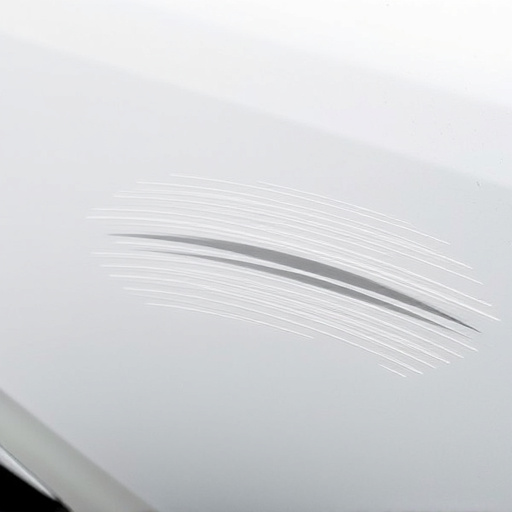
Spectrophotometer color matching is a precise scientific process that utilizes specialized equipment, known as a spectrophotometer, to measure and analyze colors accurately. This advanced technology plays a pivotal role in various industries, including automotive repairs like fender bender restoration and auto glass repair, ensuring that replacement parts match the original color perfectly. By shining light through a sample and measuring its absorption spectrum, the spectrophotometer can identify specific colors with remarkable accuracy, down to the smallest variations.
This method is particularly valuable for fleet repair services, where maintaining consistency in vehicle colors across a large fleet is essential. It allows technicians to mix paints and coatings to precisely match existing colors, ensuring that every repaired or replaced part harmonizes seamlessly with the rest of the vehicle, from the body panels to the trim and accessories, creating a visually appealing and professional finish.
Key Components of the Process

The process of spectrophotometer color matching is a sophisticated technique that involves several critical components working in harmony to achieve precise color measurement and reproduction. At its core, this technology relies on a device known as a spectrophotometer, which acts as a scientific tool to analyze and quantify light. The spectrophotometer emits a beam of light onto the sample surface, measuring the reflected or transmitted light across a wide range of wavelengths. This data is then processed to determine the exact color properties, including hue, saturation, and brightness.
In an auto collision center or vehicle collision repair shop, this method is invaluable for ensuring that restored cars match their original factory colors perfectly. By capturing and comparing spectral data, technicians can verify color consistency, making each repair a testament to precision and quality. This scientific approach to color matching not only enhances the visual appeal of repaired vehicles but also ensures their long-term protection against fading or discoloration.
Applications in Industry and Research
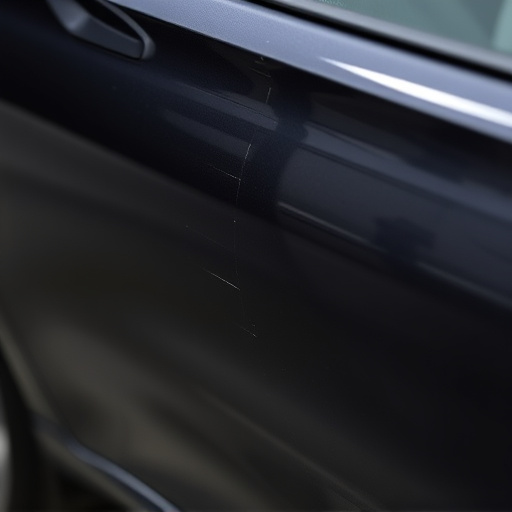
Spectrophotometer color matching plays a pivotal role across various industries and research sectors. In the automotive industry, particularly in car body shops and dent repair services, it serves as a cornerstone for achieving precise color accuracy during vehicle painting and restoration. This ensures that the repaired or repainted surface matches seamlessly with the original factory finish, maintaining the vehicle’s aesthetic appeal and resale value.
In industrial design and material science research, spectrophotometry is instrumental in developing new pigments, coatings, and finishes. By quantifying color properties, researchers can create innovative products with enhanced durability, weather resistance, and visual appeal. This technology facilitates the creation of vibrant colors for textiles, paints, inks, and even cosmetics, catering to diverse market demands.
Spectrophotometer color matching is a precise and powerful tool that offers accurate color measurement and analysis. By understanding its basic principles, key components, and diverse applications across industries and research fields, users can harness the potential of this technology for reliable and consistent results. Whether in quality control, material science, or artistic endeavors, spectrophotometry ensures colors are matched with exacting standards, fostering innovation and precision.
